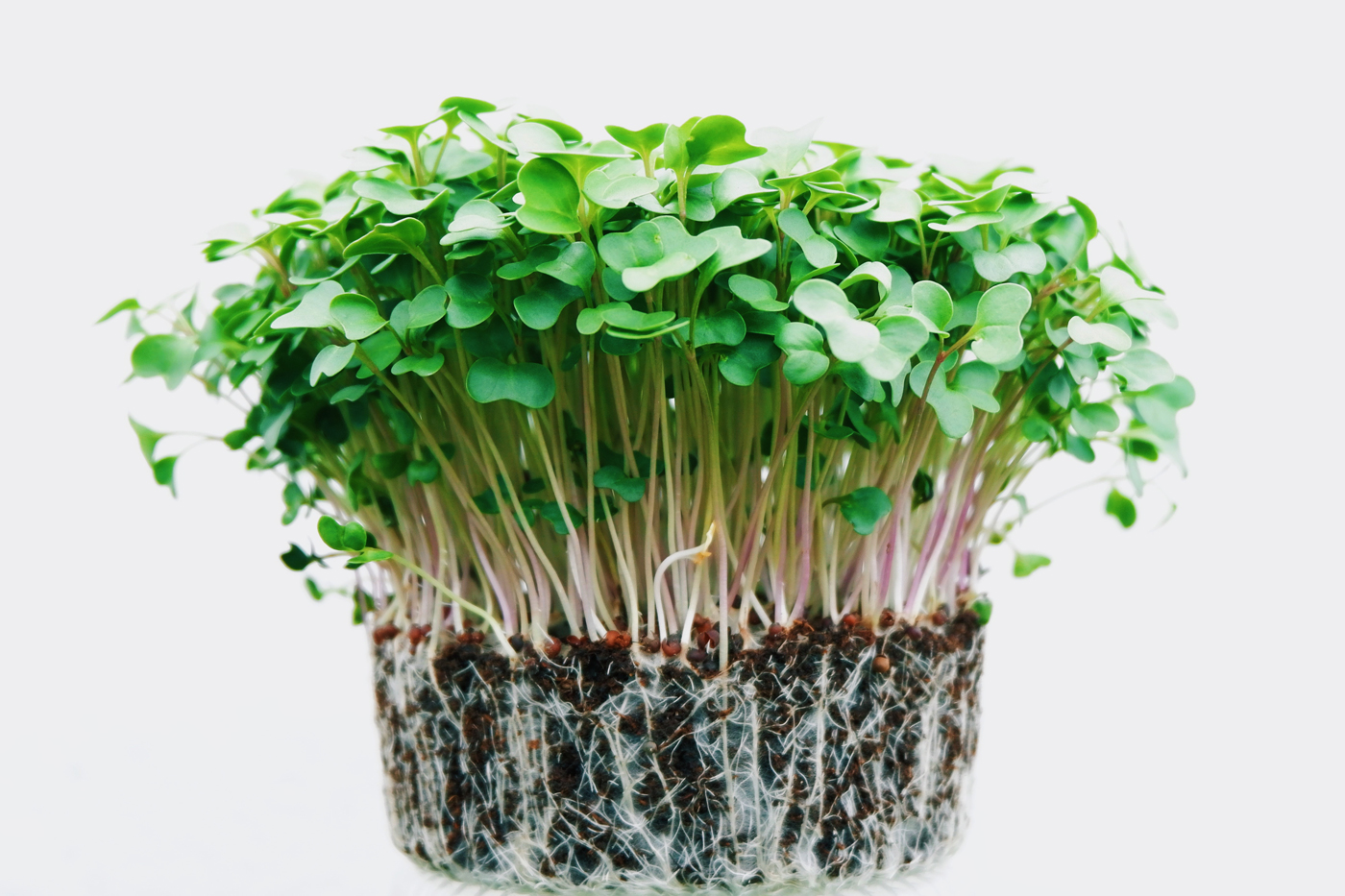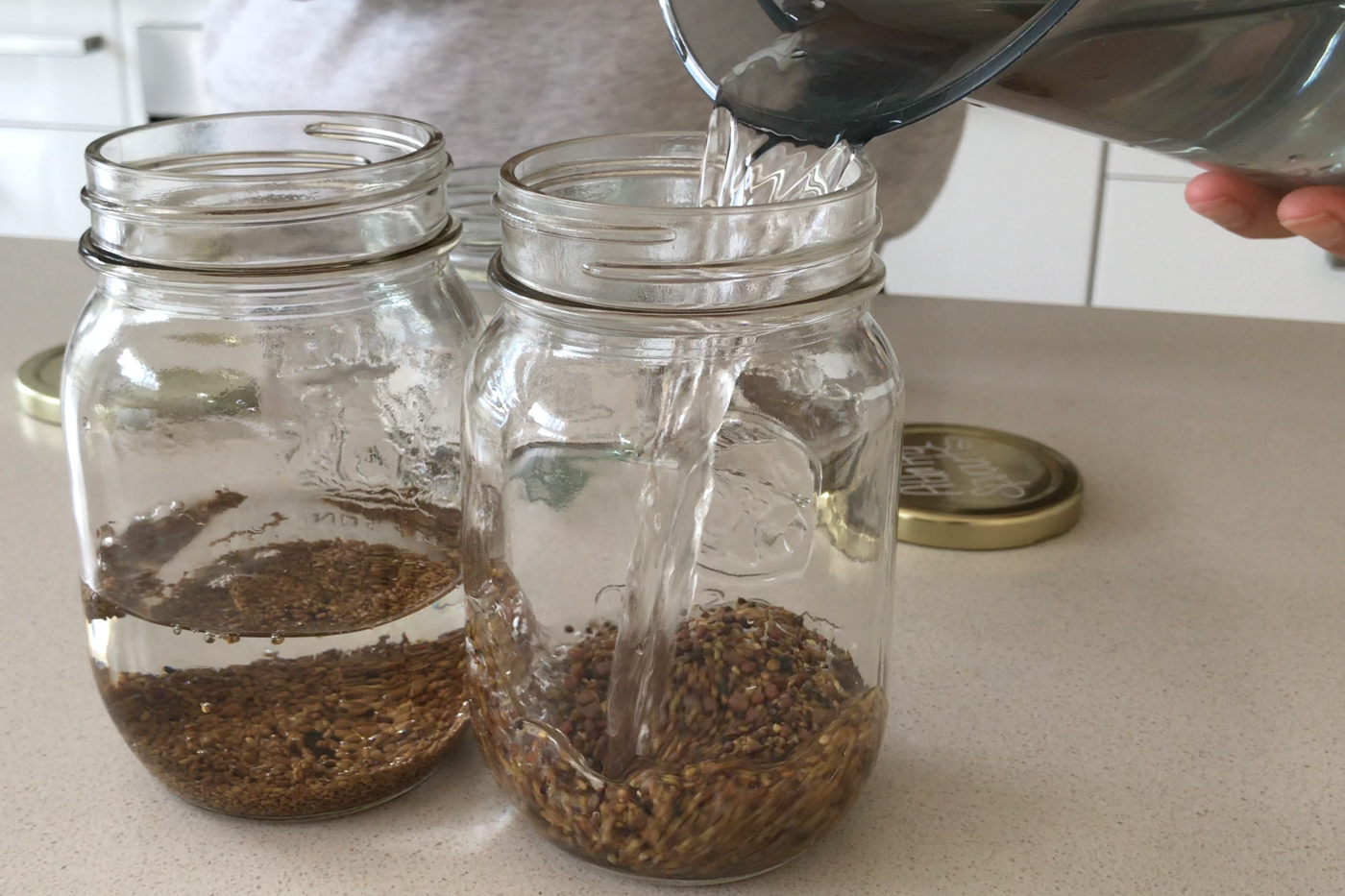
Eat With Purpose
Why and how do we make food choices? Is it for mere comfort, nourishment, satisfaction?
Both Zuzana and I are always encouraging our AV Coaching members to understand what they are eating and why they are eating it. We inspire them to keep the ingredients simple, to be able to pronounce and understand what each one listed – actually is. Like the ingredients, it is equally important to know how to store and prepare the food you consume. This led me to create this post on soaking and sprouting. The perfect method to gain more nutrients from the food you eat.
Why Soak & Sprout?
Nuts, seeds, grains and beans are loaded with nutrients and especially popular with plant-based eaters. However, the natural agents that protect these foods can wreak havoc on our digestive system. Ever felt bloated and gassy after eating beans? It may be due to the lack of soaking & sprouting. Unfortunately, this is a common reason most people give up on plant-based eating. They assume their body just can’t handle the new protein sources. I, along with Zuzana are here to help you stay committed, and feel great doing so!
Phytic acid is a compound found in all legumes, grains, and nuts. This compound is known to inhibit the absorption of crucial minerals and nutrients in the body. By soaking & sprouting all legumes, grains, and nuts we reduce the amount of phytic acid. This reduction helps us absorb important (and most often deficient) minerals and vitamins such as iron, zinc, calcium, and B vitamins. Which are all important in a Plant-Based diet.
When you soak & sprout nuts, seeds, grains, and beans you are basically replicating natures germination process of turning a seed into a plant. You can actually see it happening in front of your eyes! Food and nature are incredible, aren’t they? Okay… enough of me “nerding” out on this stuff… When you soak & sprout nuts, seeds, grains and beans you activate and multiply the nutrients, neutralize enzyme inhibitors, and actually promote the growth of vital digestive enzymes.
This method is very easy, the only thing that changes is the time it takes for the various items to germinate.
You can reference our handy chart here.
More Benefits of Soaking & Sprouting
Soaking:
- reduces levels of water-soluble and heat-sensitive toxins and anti-nutrients such as tannins, saponins, gluten, digestive enzyme inhibitors and lectins
- reduces the flatulence factor
- partially de-activates enzyme inhibitors
- improves the digestibility and nutritional value of grains and legumes, and increases the enzymes
Sprouting:
- activates food enzymes and increases vitamin content
- neutralizes anti-nutrients (enzyme inhibitors, tannins, phytic acid, lectin, gluten and other proteins)
- enhances the nutrient bioavailability in grains
How To Do It Properly
- Rinse the nuts/seeds/grains/beans well and pour into a jar (fill to 1/4 mark).
- Fill the jar at least 3/4 full of water.
- Soak overnight at room temperature. (we use our kitchen counter)
- In the morning pour out the water from nuts/seeds/grains/beans – rinse with fresh water and strain.
- Return the nuts/seeds/grains/beans to the jar.
- Cover the jar with cheesecloth and secure the cloth with the rubber band.
- Briefly turn the jar upside down to drain the remaining water.
- Place the jar on the kitchen counter on an angle (you want to be able to allow water to drain and air flow to enter), keep away from heat and allow some natural sunlight.
- Sprouts will begin to appear within 24 hours (give or take depending on what it is you are sprouting).
- Make sure you rinse and drain the sprouts at least 1-2 times daily (as in steps #4-8) until they have reached the desired growth or are ready to be used.
- Rinse your sprouts/nuts/grains/beans before eating.
They can be stored in the fridge in an airtight jar with a solid lid. Enjoy within 2-3 days.

Quick Tips
- do not let buckwheat sprouts grow longer than the seed itself, to prevent unwanted quantities of the toxin fagopyrin, which can cause light sensitivity.
- when choosing almonds – opt for unpasteurized. Due to a 2007 Salmonella outbreak, California almonds are now pasteurized. California almonds are approximately 70% of almonds eaten in the US. Due to the pasteurization (heated to 160*) soaking will still activate the nut and help eliminate the phytic acid – however, they will not sprout.
DOWNLOAD SOAKING & SPROUTING CHART

Please Note
Sprouts can be subject to contamination which can result in bacterial growth such as E. coli, leading to food-borne illnesses. Always purchase organic fresh products from a reputable source, wash your hands thoroughly before handling foods, and keep sprouting equipment and your kitchen clean to avoid any contamination. Make sure you consume them fresh out of the fridge and within 3-4 days (or cook them if desired). Decide what is a responsible choice for you and your family.
Some of our favourite soaked/sprouted recipes:
Dedicated to your health & wellbeing,
Nikki & Zuzana

